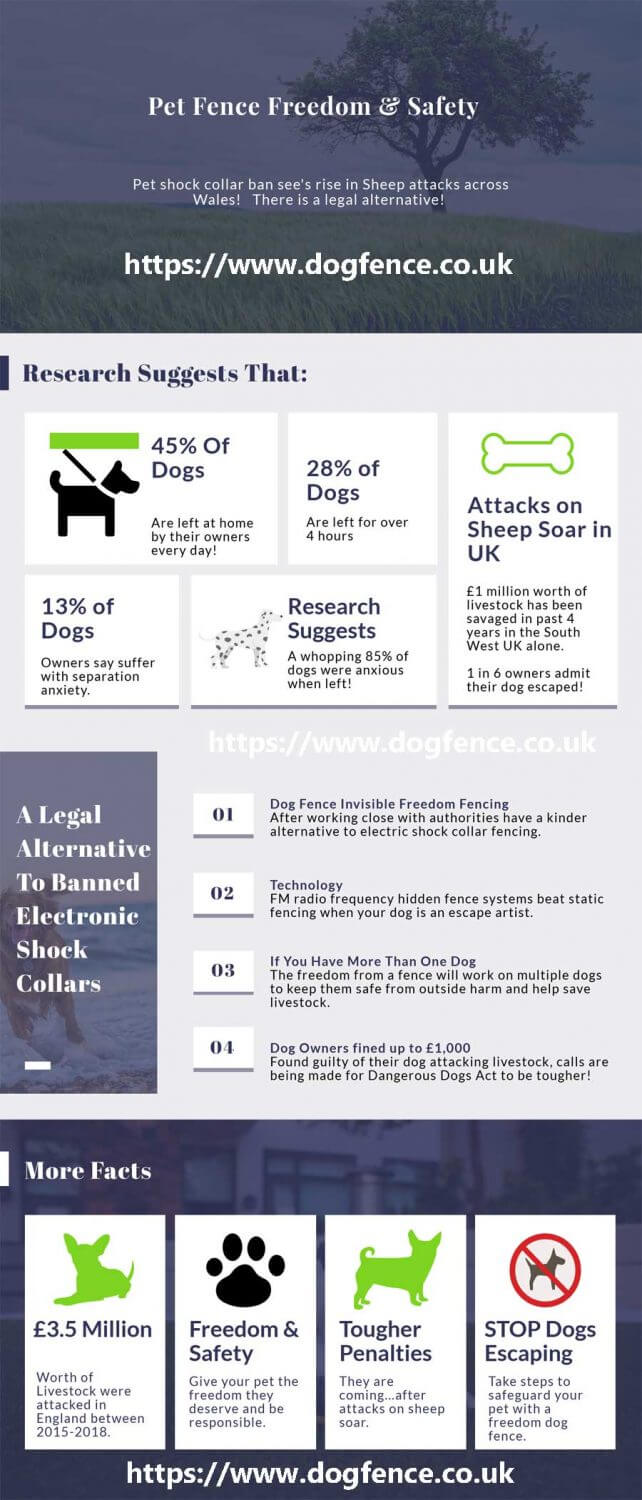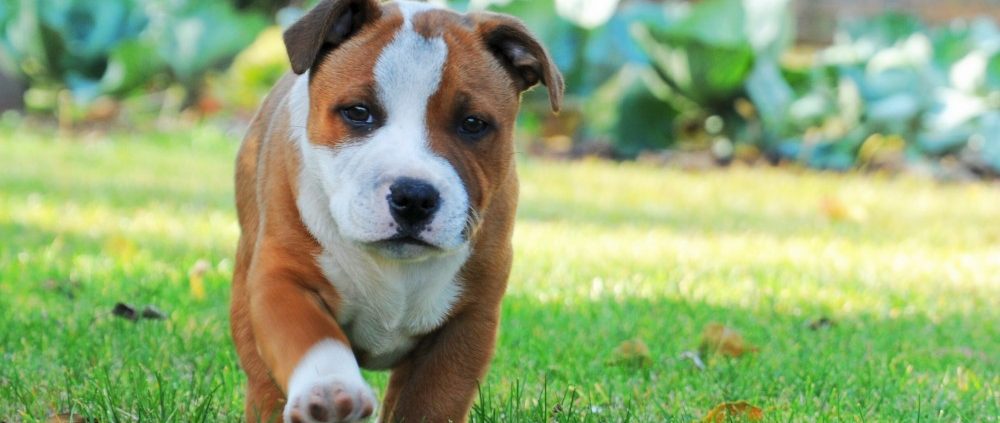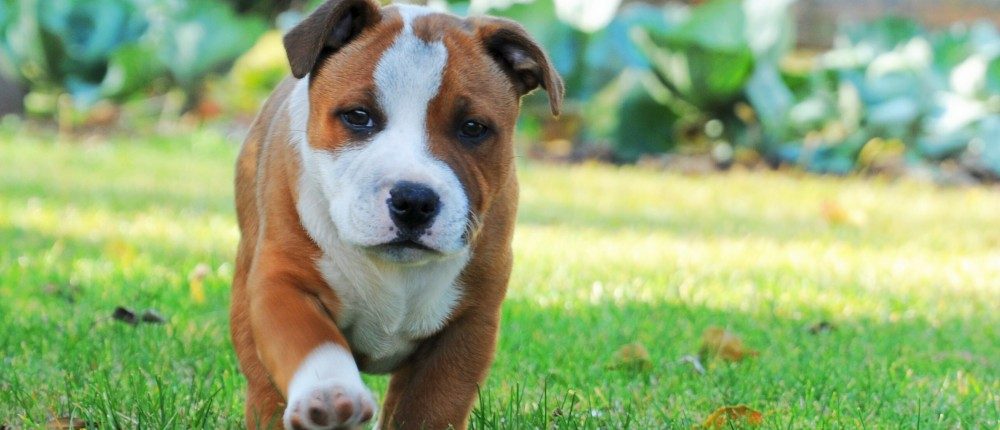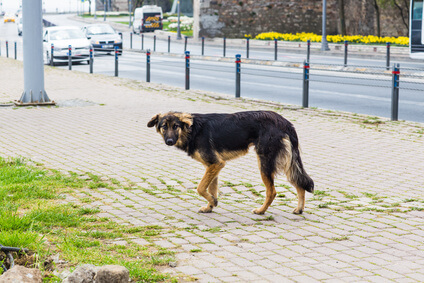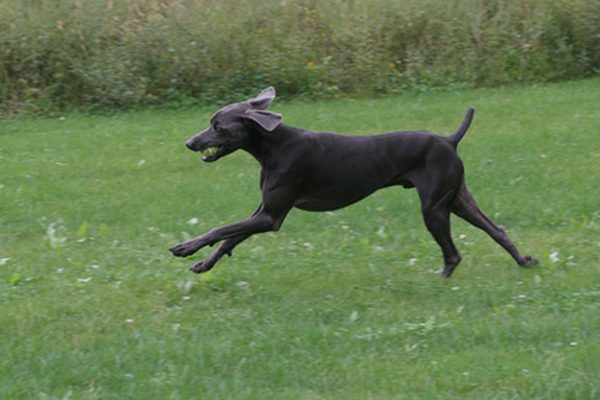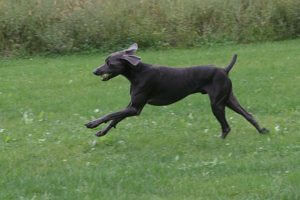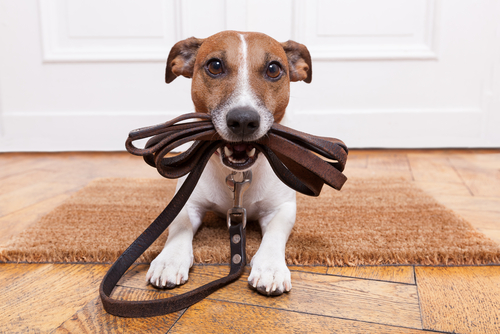Installing Dog Fences on Uneven Ground: Expert Guide | DogFence UK
Navigating Tricky Terrains: Installing Dog Fences on Uneven Ground, and Wooded Areas
Imagine this: You’re a proud dog owner, and your furry friend loves to zoom around the garden. But your outdoor space isn’t a perfectly flat, open lawn. It has charming slopes, ancient trees, and maybe even some uneven patches. You want to give your dog freedom, but safely contain them, and a standard dog fence installation just won’t cut it. That’s where expertise in installing dog fences on uneven ground, challenging slopes, and through wooded areas becomes absolutely essential.
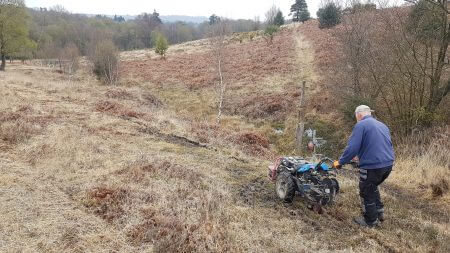
No terrain is too expansive or challenging for our experts. We specialise in installing dog fences on uneven ground, ensuring precise and reliable containment even across vast, natural landscapes like this
Successfully installing dog fences on uneven ground, challenging slopes, and through wooded areas requires specialised knowledge and techniques. Without the right approach, you risk creating escape routes, undermining the fence’s effectiveness, and even damaging your property. But don’t worry – effective pet containment is achievable, even in the trickiest of terrains.
At DogFence, we’ve mastered the art of bespoke dog fence installations, ensuring your dog’s safety and your peace of mind, no matter how unique your garden.
The Unique Challenges of Tricky Terrain for Dog Fences
Before diving into solutions, it’s crucial to understand why installing dog fences on uneven ground and landscapes poses a problem:
1. Uneven Ground and Hills: The Gap Creators
Bumps, dips, and small hills are common in many UK gardens.
- The Problem: When a fence is installed straight across uneven terrain, it creates gaps underneath, especially in dips. These gaps are an open invitation for a determined dog to dig their way out or simply squeeze through. Even a small undulation can become a weak point in your dog containment system.

“Steep, tricky slope made easy! We ensure precise dog fence installation, creating secure boundaries on even the most uneven ground.”
2. Slopes and Inclines: Gravity’s Escape Route
Gentle slopes or steep inclines can add character to your garden but complexity to your fence.
- The Problem: Installing dog fences straight up or down a slope can lead to either large gaps at the bottom (if the fence follows a level line) or an unsightly, difficult-to-maintain “stair-step” effect with physical fences. For invisible dog fences, maintaining a consistent signal depth on a steep slope can be a challenge. Dogs can also use the incline to gain momentum for jumping.
3. Wooded and Brush Areas: Obstacles and Interference
Trees, dense bushes, and thick undergrowth can define a boundary, but they’re not always fence-friendly.
- The Problem:
- Physical Fences: Roots can obstruct post holes, branches need constant trimming, and dense foliage can make installation incredibly difficult and labour-intensive.
- Wireless Dog Fences: Dense trees and heavy foliage can significantly interfere with the radio signal of wireless pet containment systems, creating “dead spots” or unreliable boundaries.
- Wired Electronic Fences: While more robust, navigating complex root systems and ensuring the wire is buried at a consistent depth can be a painstaking process, particularly when installing dog fences in wooded areas.
Tailored Solutions for Installing a Dog Fence on Uneven Ground
The good news is that with the right expertise, every challenge has a solution and DogFence have the knowledge, equipment and correctly trained staff for installing fog fences on uneven ground.
A. Conquering Uneven Ground and Hills
For physical fences, the key is to adapt the fence to the ground’s contours:
- “Stepping” the Fence: This involves installing fence panels in sections, with each section dropped down slightly to follow the general slope of the ground, creating a “stair-step” appearance. This minimises gaps but requires careful planning for aesthetics.
- “Racking” the Fence: For some fence types, panels can be manufactured to be flexible, allowing them to follow the ground’s undulations more smoothly without stepping. This creates a cleaner look.
- Bottom Gap Solutions: For both physical and electronic fences, addressing potential gaps is vital when installing dog fences on uneven ground.
- Burying the Wire/Fence Line: For invisible dog fences, the boundary wire is buried at a consistent depth, even across small undulations. For physical fences, burying the bottom edge or adding a “skirt” of mesh can prevent digging.
- Strategic Landscaping: Adding a low border, rocks, or dense planting along the fence line can naturally fill small gaps and deter digging.
B. Mastering Slopes and Inclines
Slopes require a nuanced approach depending on their severity and your chosen fence type.
- Following the Contour: For gradual slopes, physical fences can often be installed by following the natural ground line, ensuring no gaps appear underneath. This works best when the fence material is flexible.
- Terracing/Levelling: For very steep slopes, significant landscaping might involve creating flat terraces, allowing for standard fence sections on each level. This is a more extensive and costly solution but can create usable garden space.
- Reinforced Post Installation: On slopes, fence posts may need to be deeper and more securely anchored to prevent shifting over time due to gravity and erosion.
It’s not just installing dog fences that poses a challenge on inclines; managing and planting on steep garden slopes can be tricky for any homeowner. For comprehensive guidance on gardening on steep banks and slopes, you can find valuable information on the Royal Horticultural Society (RHS) website.
C. Navigating Wooded and Brush Areas
These areas demand careful preparation, especially for our DogFence electronic dog fence.
- Strategic Clearing: Before any installation, the fence path must be cleared of dense brush, small trees, and major roots. This is critical for both visual appeal of physical fences and consistent signal for electronic ones.
- Wired Electronic Fences: These are often the best choice for wooded areas as the signal is transmitted directly through the buried wire, making it less susceptible to interference from foliage than wireless systems. Our experts are adept at carefully burying the wire around large roots and trees while maintaining integrity for effective dog fence installation in wooded areas.
- Consider Physical Barriers for Added Security: In very dense wooded areas, a combination of an electronic fence for containment and a physical barrier (even a simple mesh fence) to deter wildlife or provide visual boundaries can be an ideal solution.
Check out our Professional Installation Page for further details of how we can “fence” your property even with uneven terrain.
Choosing the Right Dog Fence Type for Your Tricky Terrain
The best dog fence for your garden depends on a combination of your terrain, your dog’s behaviour, and your aesthetic preferences.
- Wired Invisible Dog Fences:
- Pros: Highly adaptable to varied terrain; wire can be carefully routed around obstacles like trees and buried consistently on slopes and uneven ground. Minimal visual impact.
- Cons: Requires professional burial and installation for optimal performance in complex areas.
- Wireless Dog Fences:
- Pros: Easy to set up if your garden is relatively flat and open.
- Cons: Not recommended for wooded areas or gardens with significant slopes/unevenness as the signal can be easily disrupted by trees, hills, or even large buildings, leading to unreliable containment.
- Physical Fences (Mesh, Wood, Chain Link):
- Pros: Provide a visible barrier and can be very secure. Can be adapted through stepping or racking.
- Cons: Can be very labour-intensive and costly to install dog fences on uneven ground or challenging terrains, often requiring significant ground work. May be aesthetically intrusive.
Why Professional Installation is the Smart Choice for Tricky Terrains
While DIY might seem appealing, installing dog fences on uneven ground and challenging terrain is where professional expertise truly shines.
- Precise Planning: Our specialists will survey your garden, identifying all potential challenges and designing a fence layout that works with your landscape, not against it.
- Expert Techniques: We use proven methods like precise wire burial, custom fence fabrication, and strategic planning to ensure a seamless and secure installation, even around ancient oak trees or steep banks.
- Reliability: We guarantee consistent signal strength for electronic fences and gap-free security for physical barriers, giving you confidence in your dog’s safety.
- Long-Term Durability: Proper installation prevents future problems like wire exposure, fence collapse, or escape points, saving you time and money in the long run.
Why not get a quote and let us take the stress away for keeping your dog safe?
Our Customer’s Success Story: From Woodland Woes to Happy Walks
“ The experience at Dogfence was no less than life changing. I can’t recommend this excellent system more highly. It stopped our beautiful little working cocker from fleeing across the countryside and gave her our woods to make her own, while giving us the security of knowing she has never – not once – in 14 months ventured across the signal. It has given complete peace of mind and the aftercare is equally exceptional. ”
— Mr May
Frequently Asked Questions (FAQs) About Installing Dog Fences on Uneven Ground
Q1: Can an invisible dog fence really work on a sloped garden? A1: Yes, absolutely! Wired invisible dog fences are highly effective on slopes. The key is professional installation, ensuring the boundary wire is buried at a consistent depth along the contour of the slope. This maintains a reliable signal across the entire area. Wireless systems are generally not recommended for sloped or uneven terrain due to signal inconsistencies.
Q2: Will tree roots interfere with a buried electronic dog fence wire? A2: Large tree roots can make wire burial challenging. However, experienced installers can expertly navigate around them, ensuring the wire remains intact and buried at the correct depth. Sometimes, the wire might need to be carefully run over roots in a protective conduit, but this is done with care to maintain signal integrity and prevent damage.
Q3: How do you prevent dogs from digging under a fence on uneven ground? A3: For physical fences on uneven ground, techniques include “stepping” the fence to follow the terrain more closely, burying the bottom edge of the fence, or installing a mesh “skirt” along the base. For both physical and electronic fences, strategic landscaping with rocks or dense planting can also deter digging.
Q4: Is it more expensive to installing a dog fence on uneven ground? A4: Installation on uneven ground can sometimes incur additional costs due to the increased labour and specialised techniques required for precise wire burial, post installation, or ground preparation. However, investing in a professional installation for complex landscapes ensures reliability and longevity, preventing costly issues down the line.
Q5: What’s the best type of dog fence for heavily wooded areas? A5: A wired electronic dog fence system is typically the best choice for heavily wooded areas. Unlike wireless systems that can suffer signal interference from dense foliage, wired systems transmit the signal directly through a buried wire, providing consistent and reliable containment despite the trees.
Don’t Let Your Landscape Limit Your Dog’s Freedom
If you’re looking for a reliable dog fence system that works on all types of terrain, explore our DogFence electronic dog fence for complete peace of mind.
Your garden, no matter how unique its contours, shouldn’t limit your dog’s ability to safely explore and play. At DogFence, we specialise in transforming challenging outdoor spaces into secure and joyful havens for your pet.
Ready to secure your garden, no matter how challenging the terrain? Don’t let uneven ground, slopes, or wooded areas limit your dog’s freedom.
Contact the experts at DogFence today for a free, no-obligation consultation and virtual site survey. We’ll help you find the perfect containment solution tailored to your unique property.
Call us today on: 01628 476475
Contact us today for a free, no-obligation consultation and site survey! Contact us today for a chat about how we can “fence” your property both safely and economically. See our range of fences here:

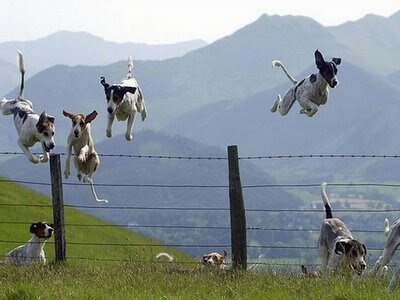

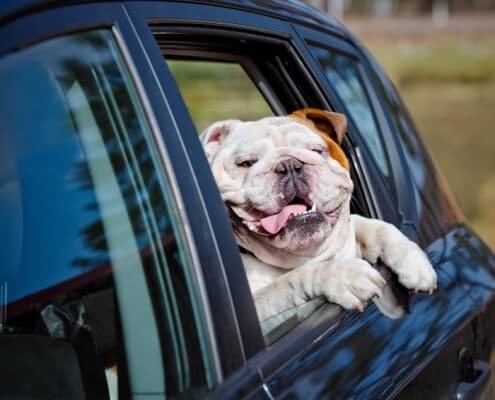

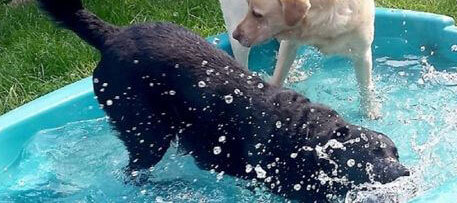 Dogfence Ltd
Dogfence Ltd